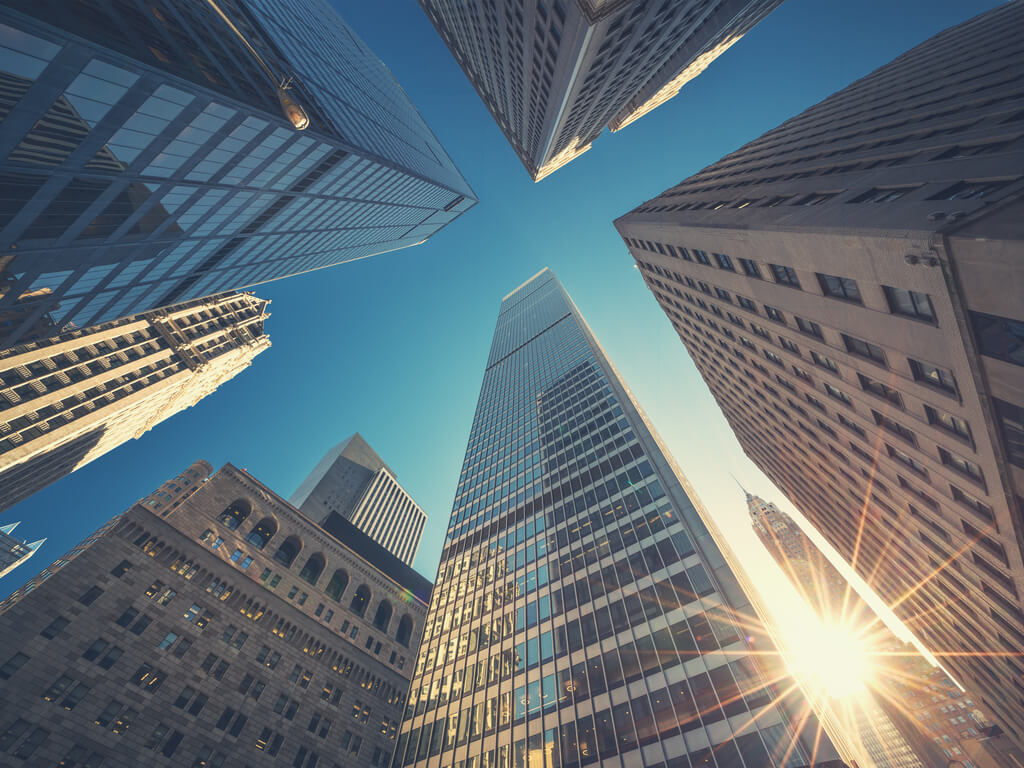“It was the best of times, it was the worst of times.”
It’s been a while since I’ve read any Dickens, but the first sentence of “A Tale of Two Cities” is an apt description of our current environment.
While the coronavirus has turned our world upside down, our economy has remained surprisingly robust. The purpose of this article is to provide background on the economics of the insurance business in general and provide some insights on what you can expect when budgeting insurance costs for 2022.
Insurance Cycles
Like many businesses, the insurance industry is cyclical in nature. It is affected by a number of factors including interest rates and investment returns, underwriting results and the general business cycle. The reason the insurance cycle is important to a business owner is because it directly impacts insurance premiums. In order to understand where we are now, you need to know something about the economics of the insurance business.
Insurance companies make money in one of two ways:
- Underwriting profits
- Investment income
An underwriting profit is achieved when losses plus all expenses are less than premiums. When you divide the former by the latter, you come up with what is called the “combined ratio.” A combined ratio of less than 100% means there is an underwriting profit, and a combined ratio of more than 100% means there is an underwriting loss. In 2020 the Combined Ratio for the industry was somewhere around 98% (plus or minus a couple percentage points depending on who you are talking to) which equates to a 2% profit. This is better than an underwriting loss but it is nothing to get excited about.
Investment Income
Insurance companies collect premiums and set aside reserves to pay future claims. These funds, known as “surplus” generate investment income. During periods of substantial investment returns, insurance companies are willing to tolerate inferior underwriting results because they make it up on returns from invested assets. While the stock market has performed well over the last several years, fixed income returns have not and insurance companies are limited when it comes to equities. Depending on the state, this cap may be 20% of investable assets, the balance is in various types of bonds, CDs or similar investment vehicles. Bottom line, the industry is not achieving the bottom line profits they would like. Something has to be done to improve shareholder returns and the usual approach is to increase rates. That is what we are seeing today.
So where is the Insurance Market today and what can you expect on your renewals in 2022? The insurance industry is in the midst of a moderate hard market. Rates in general are trending up, however some lines of coverage – auto, excess liability and cyber, to name a few – are increasing significantly. In general, for accounts with decent loss histories and risk management controls in place, here is what you can expect in 2022.
Property Insurance for locations that are not near brush, or otherwise wild fire or wind exposed, we are seeing flat renewals or modest rate increases. Those properties that are exposed to what are considered catastrophe or CAT perils are seeing massive increases. If this pertains to you, you should start your renewal process early and make sure you have a comprehensive marketing plan. Frame structures in particular are difficult to insure. Increases of 25-50% or higher are common, and often a risk will be shared by a number of different insurance companies. These layered programs take more time to put together which underscores the importance of getting out to the market early.
Builder’s Risk is also experiencing some significant increases, with frame structures being the hardest hit. While several years ago it was not uncommon to see rates of .25-30 cents per $100 of value, today the average may be closer to fifty cents. Anything close to what is considered a wildfire hazard will be significantly higher.
Contractor’s Equipment rates are similar to preferred property rates and are seeing renewals that are flat to plus 5%. It is important to note the Equipment Floaters are valued on an Actual Cash Value basis (like physical damage on your cars), and you want to make certain you schedule the values on your equipment accordingly. You don’t want to pay premium on replacement costs if you will cover on the depreciated value.
General Liability rates are increasing on average 5-15%. Underwriters are providing more stringent subjectivities and being more selective on which risks they want to write. Uncertainty remains about the impact third party COVID-related lawsuits will have on the industry. Nearly all general liability renewals will include a communicable disease exclusion, if there isn’t already one on the policy. Assault and Battery claims have increased in frequency and many habitational risks may see sub limits in this area or higher retentions. It is important that you understand the numerous endorsements that are typically added to the base General Liability policy.
Auto Insurance continues to go up. This line of coverage is being affected by increases in both frequency and severity which has resulted in poor loss experience. Distracted driving is driving frequency (pun intended). More people are having accidents. Severity is being driven by the cost to repair a newer vehicle with sophisticated cameras and sensors. Increased awards and settlements for bodily injury damages (also known as Social Inflation) is also driving up loss ratios. On average you can expect to see increases of 10-20% on auto. Looked at another way, 5 years ago, it was common to see fleet prices on a pickup at $1,000, today that will likely be in excess of $2,000 per unit.
Excess or umbrella liability is being impacted by Social Inflation. Jury awards are going up. Insurance companies are raising prices and restricting capacity. A company that offered $25M on your current program may only offer $10M on your renewal…and they may charge the same amount. If you are in a lower risk segment and your loss history is clean, you can expect to see increases of 10-25%. If your business is considered high risk or you have a poor claims history, you may see increases of 50% or more.
Contractors Professional Liability and Pollution Liability remains competitive and flat renewal rates are not uncommon. This is an area where coverages can vary widely, however, and it pays to work with a specialist broker who can help you find the broadest coverage at a reasonable cost.
Executive Risk refers to Directors & Officers, Employment Practices and Fiduciary Liability. Privately held companies are seeing increases of 10-20% on renewal, but publicly held companies are seeing significant increases. Rates are up 25-50% in general. It is recommended that you get out to market early to avoid any surprises. Employment Practices Liability will also see increases of 10-20% along with higher retentions, especially in California. Wage and Hour defense sub limits are being lowered, or eliminated and only a handful of insurance companies are offering this coverage.
Cyber Insurance: You can’t pick up a newspaper today without reading about another company being hacked and ransomed. Whether it’s the Colonial Pipeline, Scripps Healthcare or CNA Insurance company, it seems to be happening all the time. Social Engineering, or Cyber Deceit, where someone is induced to wire or send money somewhere it’s not supposed to go is also prevalent. These claims are adversely impacting loss experience and this is driving premiums up on average 15-25%…if you can qualify for coverage. Among other things, it is not uncommon for underwriters to require:
- Multi-Factor Authentication on all external access to your network or web-based applications.
- Encryption on all sensitive data at rest and in transit.
- Annual security awareness training of all employees.
- Advanced/next generation end-point protection on your network.
Workers Compensation: The workers compensation marketplace remains fairly stable. This line of coverage has been profitable and the industry managed COVID-related claims better than expected. Regardless, losses are increasing and pricing is trending up. On average, base rates will be flat to +15% and net rates will be affected by a specific account’s Class Code, Loss History, Experience Modification and Safety Program.
Closing Comments: In markets like this, accounts are being shopped more frequently. Underwriters who might normally receive 100 submissions a month are seeing 200 to 300. Underwriters are being more selective in what they will even consider and are adding restrictive endorsements when necessary.
It is important to either negotiate terms with your incumbents well in advance of your renewal or get out to the market early. The importance of a thoughtful, quality underwriting submission cannot be over emphasized and working with a broker who not only understands the marketplace but also understands your business is critical.


